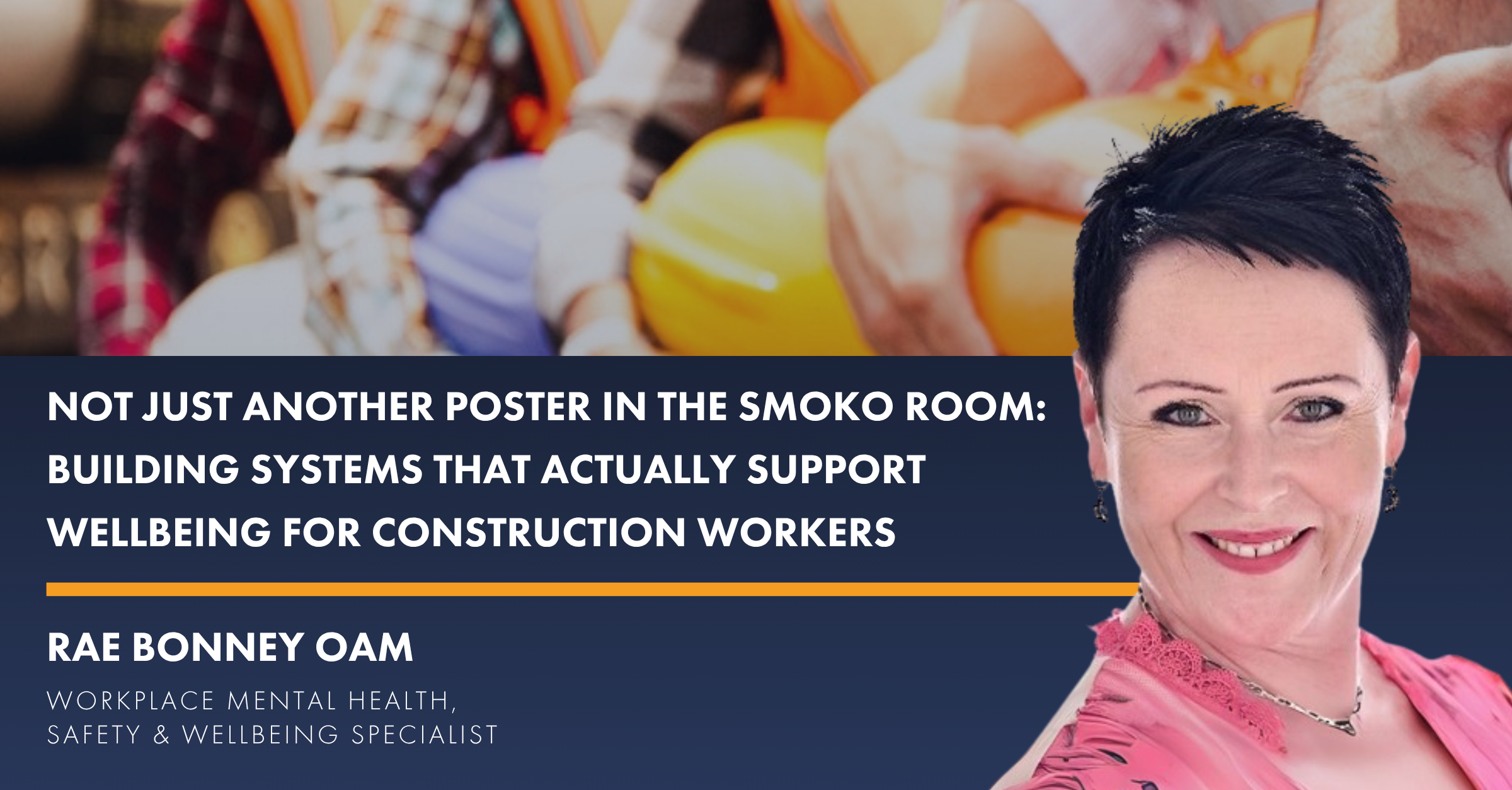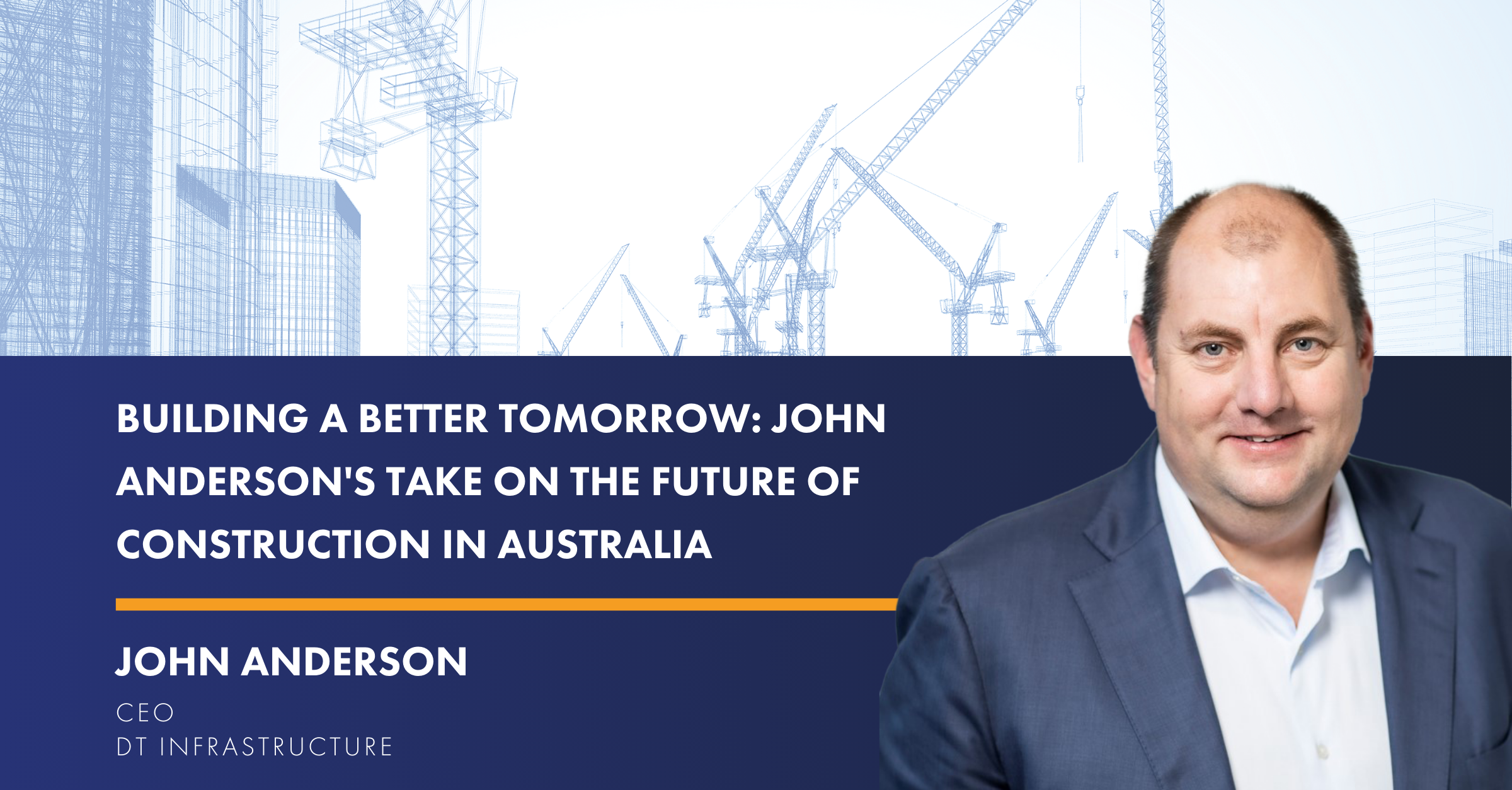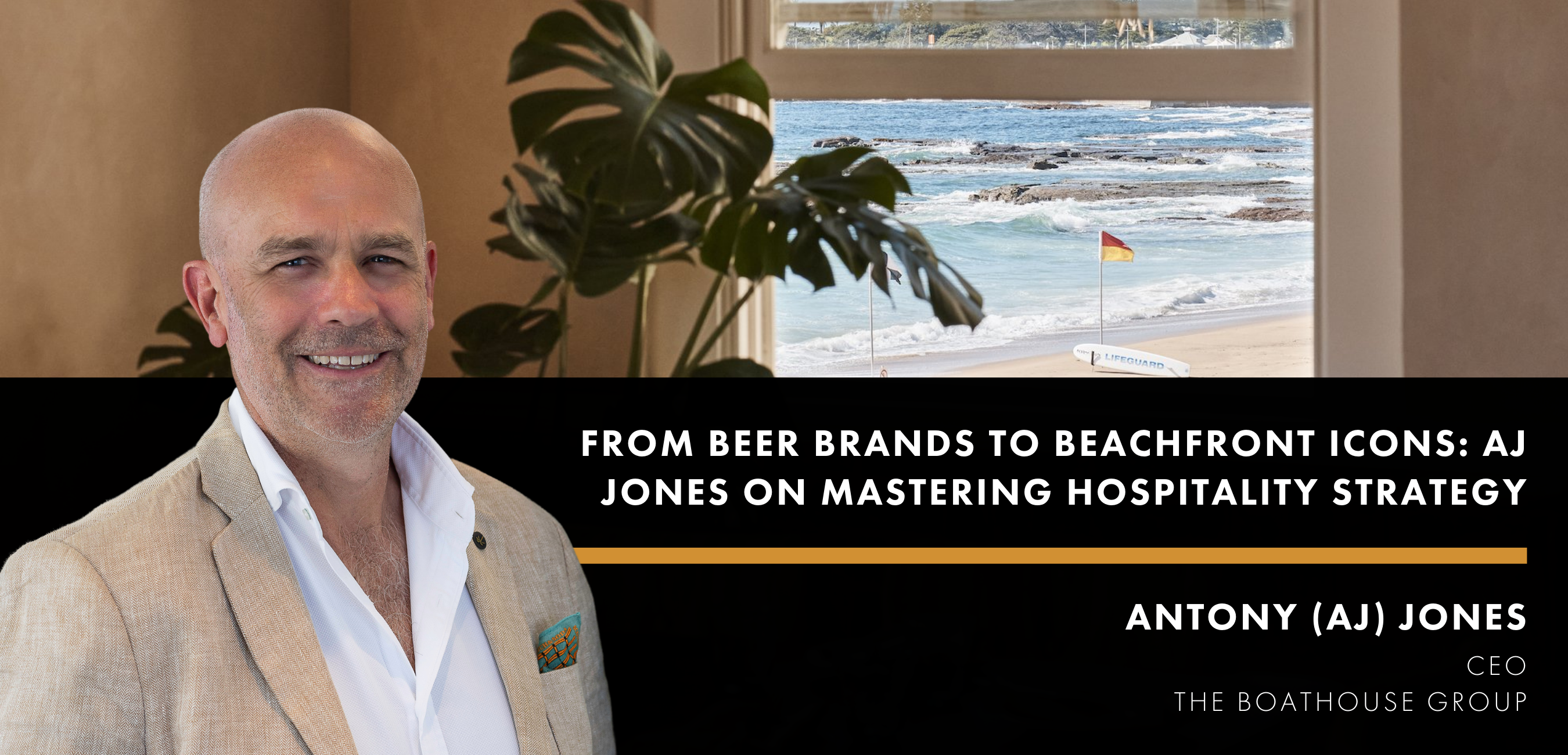In Water Conservation, Slow and Steady Loses the Race
They say every little bit helps, but in the world of water, every little bit can cause a lot of loss. To better understand how tech is addressing this, we chatted with Guenter Hauber-Davidson, Founder and Managing Director at WaterGroup. One of Australia’s leaders in the field of water efficiency, Guenter gave us some hard truths while speaking optimistically about how far we’ve come and where we can go. Read more here.
FuturePlace: What prompted you to found WaterGroup?
Guenter Hauber-Davidson: I started WaterGroup 15 years ago to manage water a lot better than the way we had to date. As a society, we were extremely wasteful. There were ways to use water more wisely but, and this has always been key, you can’t manage what you don’t monitor. We have to create better data. We need technology that allows us to monitor and understand how water is used, including where use is inappropriate, and how to drive it back to normal.
FP: Have you always had a personal interest in ESG-related initiatives?
GHD: This is one of those classic stories. As a little kid, I could never walk past a creek, much to the dismay of my parents; they’d have to wait hours for me to be done with it. Even if it was just a little trickle of a creek, I had to play with it and dam it. You would have thought I’d become a dam builder but instead, I became the opposite. Now I’m trying to avoid the need for new dams. There’s certainly a deep-running affinity for water in my blood.
FP: How do you integrate ESG-related initiatives within WaterGroup?
GHD: Saving and conserving water is at the heart of what we do and a focus since day one. We practice what we preach; everything is about water efficiency and we have monitoring and management systems to understand if there’s a leak or unusual usage. We also aim to understand the overall impact, where it comes together with the overall sustainability of an initiative. There’s no point in trying to save a cubic meter of water when it causes you far greater environmental impact on the other side, ie if that generates a ten kilowatt hour energy penalty, it’s effectively not worth it. You may sometimes be better off using more water so there’s a better balance. Net zero on water at this point is almost impossible to achieve. So you have to choose what’s the lesser impact and the best compromise overall.
FP: Can you tell us more about smart water metering and how it works?
GHD: Essentially it’s pretty simple. We put a little device onto an existing water meter connected by a probe and every time the meter turns over, it generates a signal like a morse code. That signal is picked up, recorded, and uploaded to our cloud server and analytics platform. There you can see how much water you’ve used in 15-minute intervals. More modern, electronic technology comes in integrated water meters. It has higher accuracy and reliability. This is very different than the current scenario where the water utility takes a manual reading every quarter. What do we have these days that we check once every three months? It’s outdated.
FP: How does that information play out in buildings with multiple tenants? Can you determine who uses how much water?
GHD: What typically happens in Australia is that the utility provides a meter at the property boundary and after that, it could be anyone’s guess. In recent developments, there are submeters in place that the utility may have requested to put in so that individual water use is recorded. If it’s not recorded, we do an assessment and find the major uses so we understand water use in the facility. It’s difficult in a large complex to understand if usage is right or not and if it’s not, it’s challenging to find where the problem is. That’s when you want to put smart water meters at higher usage areas like cooling towers or irrigation, swimming pools, food courts, or other areas that can easily be sub-metered.
Eventually, you work towards that nirvana where every individual user could be sub-metered. I call it nirvana at this stage because the cost of installing those water meters is still relatively high in relation to the additional commercial benefit. That makes it difficult to install them as a retrofit and that’s why our approach is pragmatic. We understand where the most valuable points are, grab them, and then we can achieve 80% of the benefits for our clients with 20% of the cost.
FP: What are trends in smart water metering?
GHD: It’s becoming incredibly cost-effective when you do it right. If you have a point that uses more than $3,000 worth of water per year, it’s cost-effective and 100 percent worthwhile to monitor. Just a few years ago, that value was more like $10,000. The ROI is now usually less than 2.5 years because technology has improved in leaps and bounds while cost has dramatically reduced. Technology is also is far more capable now and there’s an appreciation that water is a finite resource. We have a continually growing population continuously adding pressure. This is exacerbated by variability in supply due to climate change. A dam used to get filled on a regular basis, but now we see longer, more serious and more frequent droughts depleting water storages. We can alleviate much of that simply by losing less water. But we need to get better at managing our water use. There is 100 percent the social expectation that everyone does their part. No company can be seen as flippantly wasteful in their water use.
FP: How are companies promoting water conservation?
GHD: Rainwater harvesting is one they often like to focus on because it’s a visible sign. The crazy thing is that it is at water management actually creates a far greater impact and return. However, it’s not as sexy because you can’t see it as clearly as e.g. rainwater harvesting or recycling. Yet, we’re increasingly seeing companies display KPIs about their water use in lobbies including what they’ve achieved in the last few years, how they’re tracking it, and what their goals are. And of course, it goes into their sustainability reports.
FP: How much of a difference can small leak detection make in the larger scheme?
GHD: In the water conservation space, slow and steady actually loses the race. If you have a tiny leak, it could be 5 liters a minute, it translates into 7,500 liters a day. Your personal daily use is typically 150-200 liters. If you think about how you use water, it’s not that much. You open up the tap to grab a glass of water, flush the toilet, and do a bit of washing. Even if you take a 10 minute shower, that’s less than 100 liters. That’s it. Yet, if you have a tiny leak that runs at 1 liter a minute for just 200 minutes, that’s the same amount of water as your generous shower and there are 7 x 200 minutes in a day.
FP: What is the value of data in regards to water usage?
GHD: We observe that a large number of actions could have been driven by existing data but haven’t because the data wasn’t presented in an easy-to-follow way. You can monitor until the cows come home but if you don’t take action on data you’ve collected, what’s the point of it? You might as well not bother. So data is everything – as long as you’ve made provisions in terms of allocating funds and resources to act on it.
FP: What’s the right way to start on an effective data collection journey?
GHD: It’s crucially important before you embark on any water efficiency, conservation or monitoring program, that you effectively anticipate possible outcomes before you spend a dollar. You’ll need a strategy of how you’ll act on additional information. Who’s going to pay for it? Who’s going to capture the benefits so that the program can not only be installed and implemented but also sustained? These are things you need to plan ahead in order. I can guarantee that any water management program implemented and maintained that way will to incredibly successful.
ESG in Real Estate Summit
Guenter will be speaking at our upcoming ESG in Real Estate Summit, taking place from 16-17 June 2021. Get insights on how to create a future-proof construction and real estate sector that contributes to solving the biggest challenges facing society.






